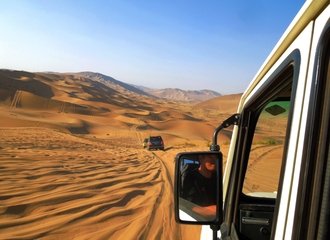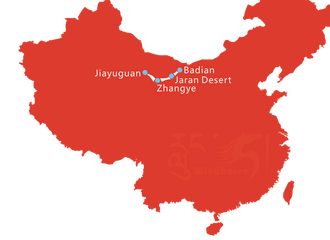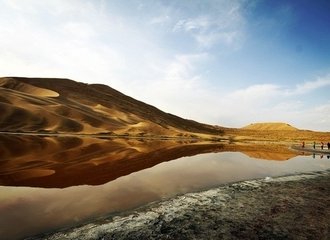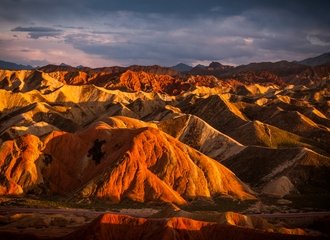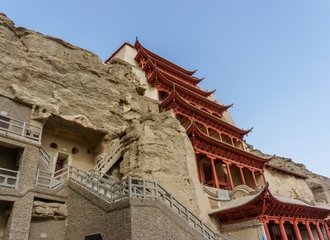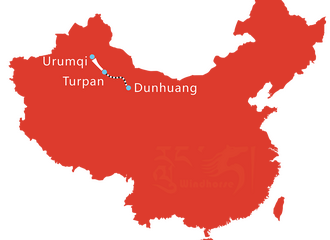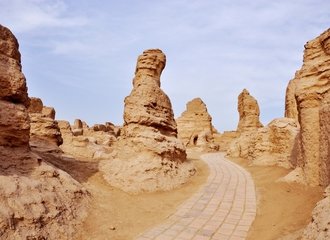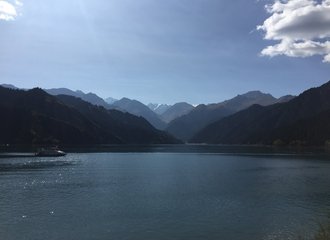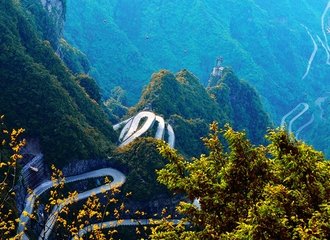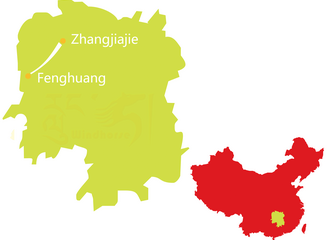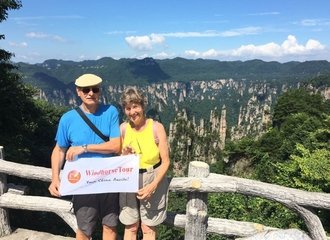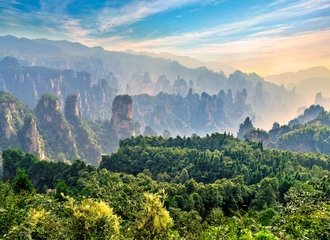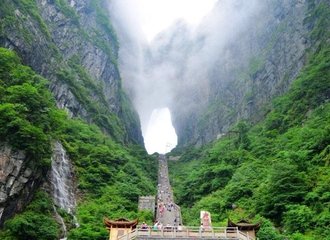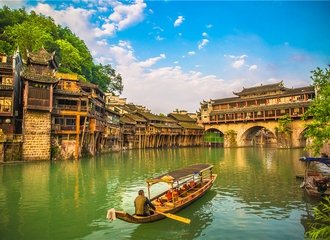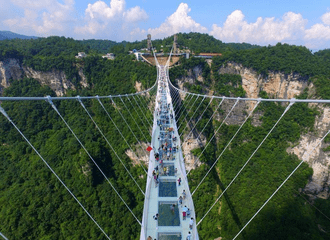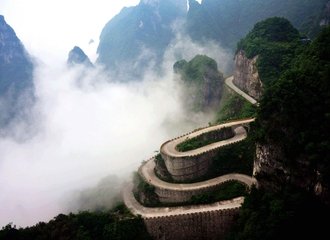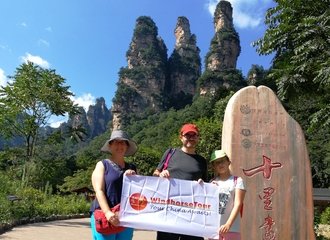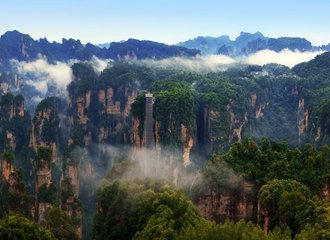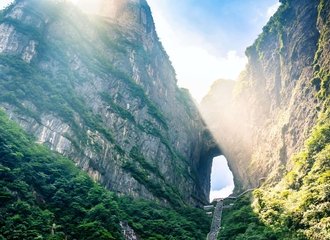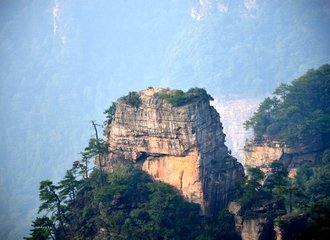Kham Tibetan region of China
If you’ve never sat down to sip a nice, warm cup of yak butter tea, you probably haven’t spent time in the Kham Tibetan region of southwest China. Yak butter tea is the predominant drink among Tibetans and conversation over a pot of butter tea is just one aspect of life in Kham today. But where exactly is "Kham"?

Brief introduction of Kham:
Kham is one of three regions that make up the traditional Tibetan area of western China sometimes called "Greater Tibet", the other 2 regions are Ü-Tsang (Central Tibet) and Amdo. It is a large area covering over 924,000 kilometers² (356,000 miles²) and housing approx. 2 million population, composed of eastern sections of the Tibet Autonomous Region (TAR), portions of Qinghai and Yunnan provinces, and the western majority of Sichuan Province.
Throughout China, Kham is famed both for its beautiful natural scenery and also for its vibrant people. Kham is traditionally known as Chushi Gangdruk which means “4 major rivers, 6 mountain ranges”. This rugged terrain is characterized by mountain ridges and gorges, collectively referred to as the Hengduan Mountains running from northwest to southeast, and numerous rivers including the Mekong, Yangtze, Yalong River, and the Salween River flow through it.
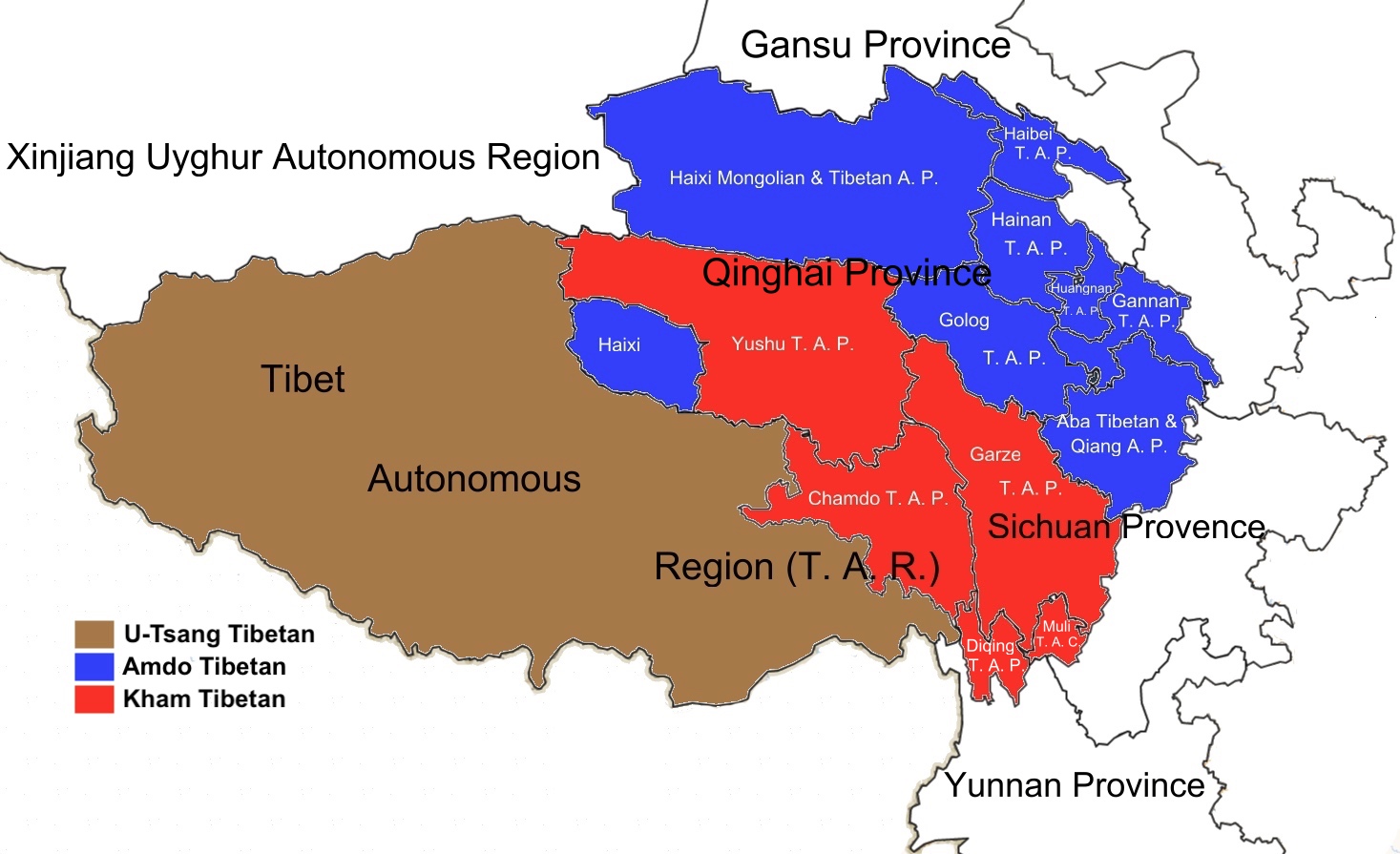

History of Kham:
From the 10th century on, it has been neither under the authority of Lhasa for an extended period of time nor under the direct Chinese authority until the communist takeover in the 1950s. However, it was never controlled by a single leader but was split up into 2 dozen or more separate kingdoms with its own king. The most powerful kingdoms in Kham in recent centuries were the Kingdom of Chakla, Derge, Lingtsang, Nangchen, and Lhatok. Part of the reason that Kham never was under the authority of Lhasa was because of the different sects of Buddhism believed in Kham. The Dalai Lama, the government, and the most powerful monasteries in Lhasa follow the Gelugpa sect of Tibetan Buddhism while older schools of Buddhism such as the Kagyu, Nyingma, and Sakya (around Jyekundo) are followed in Kham. The ancient Bon religion is still practiced in Nyingtri Prefecture, also known as the Kongpo region.
Xikang province with Dartsendo (Kangding) as the capital, covering the far eastern region of Kham, was created in 1939 by the government of the Republic of China. In 1955, Xikang province was merged into Sichuan province and renamed Garze Tibetan Autonomous Prefecture. Nowadays, It was split up into 54 counties spreading across several prefectures including Chamdo Prefecture in TAR, Yushu Tibetan Autonomous Prefecture in Qinghai, Garze Tibetan Autonomous Prefecture in Sichuan, and Diqing Tibetan Autonomous Prefecture in Yunnan as well as parts of Aba Tibetan and Qiang Autonomous Prefecture in Sichuan, and Nagchu Prefecture and Nyingchi Prefecture in TAR.
The far northern parts of Kham found in Yushu (Qinghai) and Nagchu (TAR) prefectures, mainly shaped by plateau grasslands with an altitude between 4,200 meters and 4,800 meters, is sparsely populated and has long cold winters. Permafrost not suitable for cultivation is widely distributed in this treeless region, therefore, the few Tibetans living in this area rely on yak and sheep herding as most of their income. While the eastern Kham (Garze in Sichuan and parts of Chamdo in the TAR) has many deep river valleys. The towns in these valleys, lying between 2,800 meters and 3,400 meters, have a milder climate than northern Kham, you can find dense evergreen forests with fertile farming throughout this area. While in southern Kham (Diqing prefecture in Yunnan, parts of Garze in Sichuan and parts of Chamdo in the TAR), not only evergreen forests but also plenty of amazing craggy peaked mountains can be found too. The elevation in southern Kham is mostly between 2,600 meters and 3,300 meters.

Typical policy and how to get to Kham Tibetan Area
Chengdu, Xining, and Kunming are the main gateway cities to Kham Tibet. It is convenient to access a lot of the region via land or air from these 3 cities. The airport is available in Kham’s largest towns, Chamdo (3300m), Kangding (Dartsendo - 2,560m), Shangri-La (Gyalthang - 3,160m) and Yushu (Jyekundo - 3,689m). However, please be aware that the airport in Chamdo is open to domestic tourists only. For international tourists, the way to enter the Kham region in TAR is by driving via Sichuan-Tibet highway or Yunnan-Tibet highway.
To enter the areas of Kham in Qinghai, western Sichuan and northwest Yunnan, you are not required to join organize tours with permits or tour guides, you can take the public buses or hire a private vehicle with driver, however, please note that some parts in Qinghai and Sichuan might be closed occasionally. In addition, when traveling to Kham regions in TAR, such as Nagchu and Chamdo prefectures, foreign travelers require a complete organized tour including travel permits, a tour guide, a private vehicle, and a driver. Another important notice is that partly Chamdo prefecture could be closed without advanced notifications.
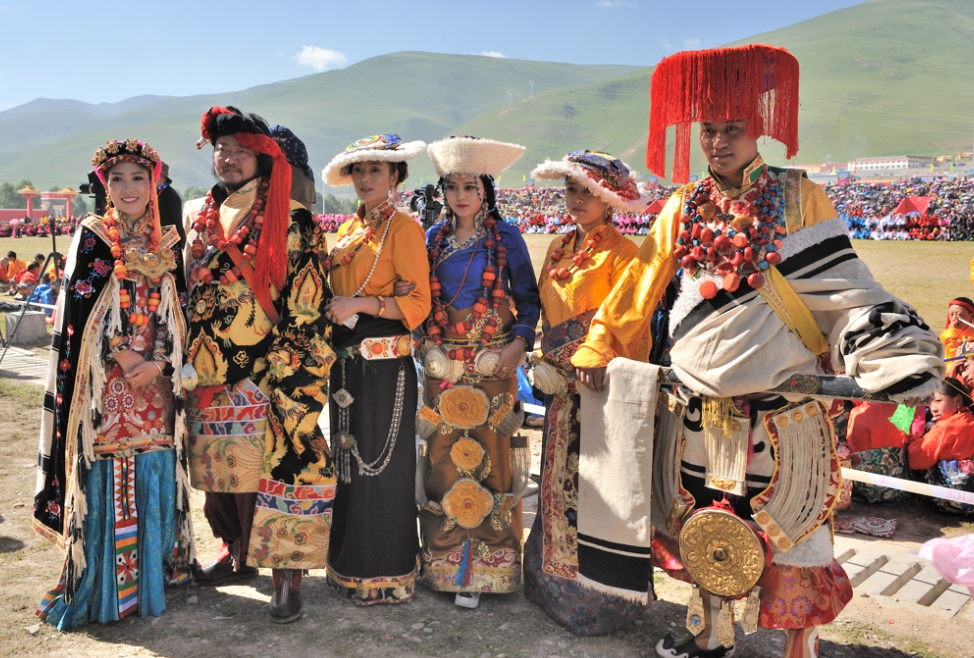

The Tibetans of Kham:
Though many people think of Tibetans as peaceful people, the Tibetans of Kham have a much different reputation: for centuries, Kham Tibetans were contending tribes of fierce warriors, often clashing with each other and terrorizing surrounding areas on horseback raids, killing and plundering villages. Over time, the warring tribes of Tibetans gradually spread out and formed distinct ethnic groups, and while the area is now peaceful, Kham men still have a reputation as feared warriors and can be identified by a singular red braid in their black hair, their beautifully colorful clothing, and sporting a large knife in their waistband.
Today, the term "Kham Tibetan" encompasses more than 14 distinct people groups that dwell in the region. Other ethnic groups that dwell in the areas around geographic Kham, like the Sherpas of Nepal, can also trace their origins back to the Kham region of southwest China.
As tribes and ethnic groups have moved away from Kham, their cultures have been reshaped by the new cultures they have encountered and the new regions which they have moved to. The people who have remained in Kham to this day, however, have preserved many practices of the region's original inhabitants, including a unique Kham dialect, heavy reliance on horses and horsemanship, traditional housing and dress, and older forms of Buddhism.
In almost all Tibetan communities, Buddhism is the underpinning for every aspect of life, but unlike many other Tibetan areas, the older Kagyu, Nyingma, and Sakya forms of Buddhism are still practiced in Kham today. Despite this unique regional difference and the nuanced practical differences in these schools of Buddhist thought, prayer wheels, prayer flags, robe-clad monks, and other notable Buddhist practices are all found throughout Kham.
Tibetans in Kham are renowned for their horsemanship. For centuries, a special breed of horse able to withstand the high altitude of Kham has been bred in the area. Horses and horsemanship play an important role in Kham culture even today, and there are two very large horse festivals held annually in the towns of Jyekundo, in Qinghai, and Nagchu in eastern Tibet. These festivities are highly important to the Kham people and draw participants, spectators, and tourists from all over the region and all over the world. The different exhibitions include long-distance racing, trick riding, honor guards, and more, and are a fantastic demonstration of the importance of horse culture and pride that Kham people have in their equestrian abilities.
The people of Kham have also preserved traditional aspects of homebuilding. Tibetan housing structures in the Kham region vary - many in Kham still live a traditional nomadic lifestyle and reside in yak-hair tents, while others have settled in villages and built multi-story houses using time-honored building materials and methods. These structures are easy to distinguish from other architecture in the region because of their ornate wooden frames and beautiful use of colorful paint to adorn the eaves and window frames.
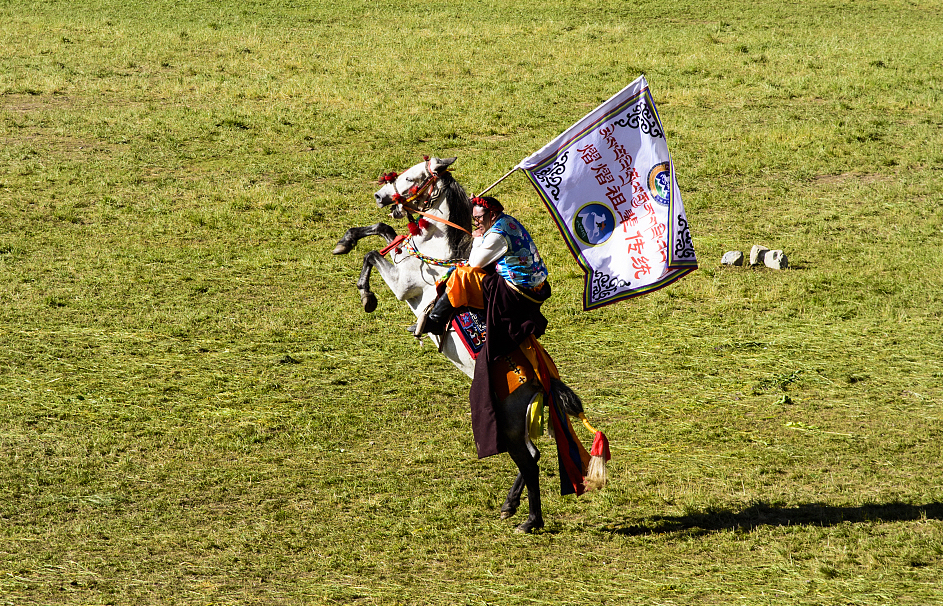

Top attractions of Kham Tibetan Region:
The many in Kham that still reside outside city centers live amid beautiful and, for Tibetans, sacred, natural sites where Tibetan prayer flags flutter in the clean air and much of the pristine landscape remains untouched. At all of these sites and many of Kham's other natural attractions, visitors are able to see both the natural beauty of the surroundings and the local Kham culture in nearby Tibetan villages.
The Kham region in Qinghai:
- Sanjiangyuan National Natural Reserve - It is the place where the 3 major rivers, the Yangtze River, the Yellow River, and the Lancang River, in China originated, also known as the source of those 3 rivers and enjoyed a reputation of Chinese Water Tower.
- Temple of Princess Wencheng - It is a historical and cultural relic dedicated to Princess Wencheng of the Tang Dynasty (618-907) on her way to Tibet, which is said to be the oldest Buddhist Temple in Qinghai.
- Gyanak (Jiana) Mani Stone Field - Also known as Gyanak Mani, it is a large praying stone pile with more than two billion praying stones engraved with Buddha sculptures and pictures. It has the largest scale in the world and is regarded as the world's largest place for praying and blessing.
- Yushu Horse Racing Festival - It is a traditional festival and the largest event which can be traced back to the Turbo period and is annually held during the week of July 25 - August 1 at Jiegu Grassland, Yushu, Qinghai. Thousands of colorful tents, beautiful ethnic traditional Kangba Tibetan costumes, and famous Tibetan dancing and singing are made up of the 3 wonders of this festival.
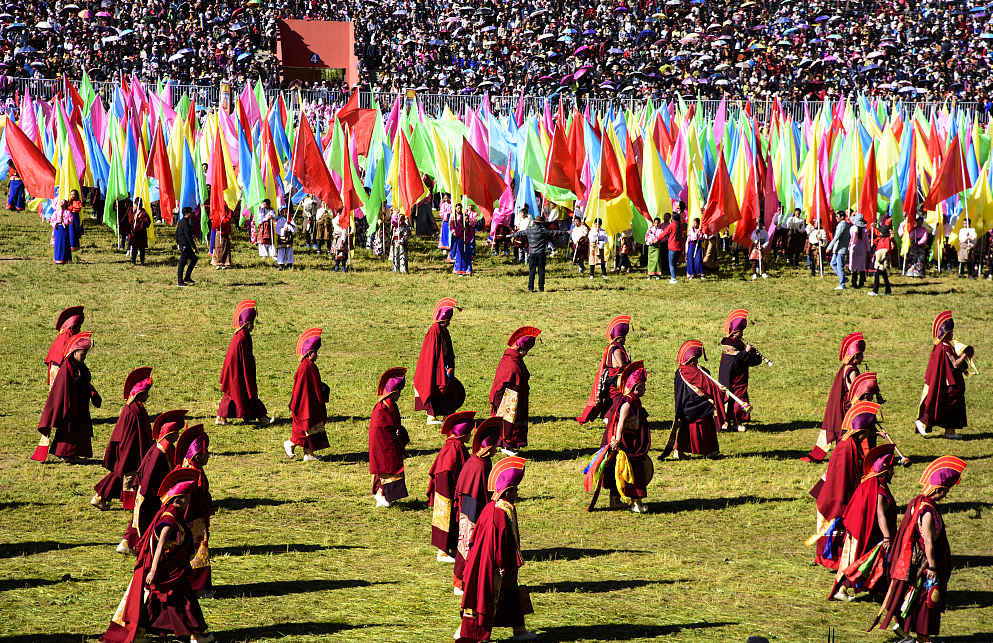
The Kham region in Sichuan:
- Jiuzhaigou National Park - A breathtakingly beautiful national park and UNESCO world heritage site with crystal blue lakes, roaring waterfalls, lush green forests, and snow-covered mountains.
- Huanglong Park - Famous for its multi-colored ponds of various shapes and sizes. These beautiful reflecting ponds are adorned in dreamlike hues of blue, green, yellow, and brown. The colors are a result of natural minerals in the water and reflection of sunlight.
- Mt. Siguniang - Known as the Alps of the East, these mountains are famed for unspoiled valleys, grasslands, and streams.
- Yading Nature Reserve - Reputed as ‘the last pure land on our blue planet’, is a harmonious utopian land composed of snow-capped mountains, steep cliffs, crystal clear lakes, vast pastures, as well as the dense woods.
- Danba Tibetan Villages - Honored as the most beautiful villages all over China and located in Danba county, Garze, Sichuan. It is famed for its unique architectures, Zhaifang and Diaolou, which respectively refers to stockade houses and watchtowers. Everyone who has been to Danba will marvel at Danba's "three musts": Jiaju Tibetan Village, Diaolou groups (especially in Zhonglu and Suopo), Beauties.
- Tagong Monastery - Also known as the small Jokhang Monastery, is one of the holy pilgrimage sites in the Kham Tibetan Area.
- Minya Konka Mountain - Also called Gongga mountain, reputed as the king of the mountains, it has an irresistible appeal for mountaineers.
- Derge Printing House - also called Derge Parkhang, is located in a deep mountain gorge in Derge County, Garze, Sichuan. Known as the “bright pearl of the snow mountains”, it is a breathtaking temple with unique Tibetan architecture, windowsills, carvings, and rich paintings.
- Litang Horse Racing Festival - A traditional big event has been held every August 1 in the high elevation Litang County (4,000m/13,200ft.) in Western Sichuan since 1964. In addition to horse racing, it is a great stage to appreciate the folk customs of Litang. You will have a chance to enjoy some interesting competitions such as water carrying, tents set up, tsampa pinching and butter tea making, traditional Tibetan costume, opera, dancing, and singing performances.
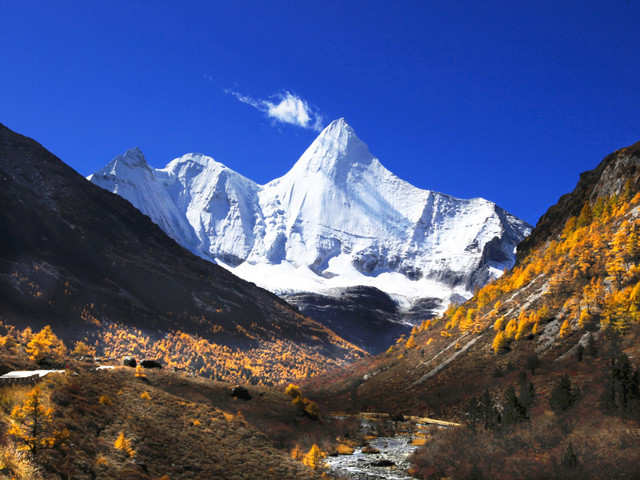
The Kham region in Yunnan:
- Tiger Leaping Gorge - One of the deepest gorges in the world which is more than 3,900 meters deep at its deepest point, with Haba Snow Mountain to the west and Jade Dragon Snow Mountian to the east. It offers one of the best hiking trails of this area.
- Ganden Sumtseling Monastery - Songzanlin monastery in Chinese, located near Shangri-La County, at the foot of Foping Mountain, Ganden Sumtseling Monastery, also called Guihua Monastery, is reputed as the largest Tibetan Buddhist monastery in Yunnan. It is one of the famous monasteries in the Kham region, having another alias - 'the little Potala Palace '.
- The Meili Snow Mountain - A holy mountain range of pilgrimage for Tibetan Buddhists. They were praised as the most beautiful mountains in the world with beautiful snow scenic spots, precipitous peaks and varieties of glaciers. The highest peak is Kawagbo Peak with an altitude of 6,740 meters above sea level, surrounded by 13 peaks above 6,000 meters above sea level. The sunrise and sunset at Mt. Meili is gorgeous.
The Kham region in TAR:
- Galden Jampaling Monastery - the Galden Jampaling Monastery, located at the junction of Angqu River and Zaqu River in Chamdo, is one of the major monasteries of the Gelug School of Tibetan Buddhism. It was built by one of Tsongkhapa’s disciples between 1437 and 1444. The main Buddha in the monastery is Byams-pa, hence the name.
- Rawok Lake - Lying below the famous Lhegu Glacier which fills the lake with their melted ice and at an elevation of 3,850 meters above sea level, Rawok Lake, occupying an area of 22,000 square km, is the largest lake in eastern Tibet and provides a perfect scene of Swiss Alpine lakes and mountains.
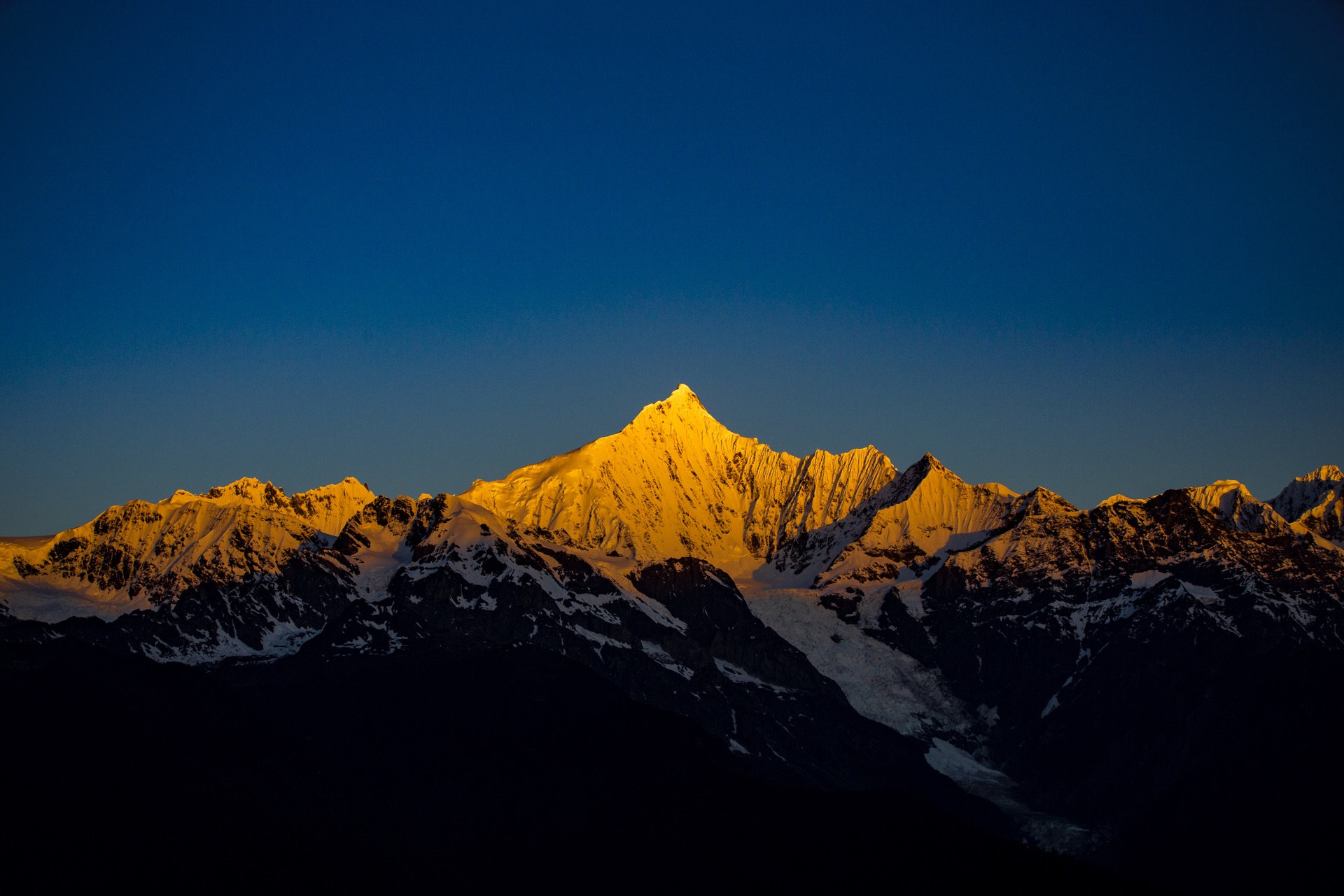

Useful Travel Tips:
- May, June, September, and October are the best months to travel to the Kham region as they have more sunny and warm days of a year. Especially in September and October, the scenery of this region is in its best shape with colorful leaves, snow-capped mountains, and lots of bright sunny days. While it is still good to travel along this route in July and August, considered as the monsoon season with lots of rainfall which might cause landslides unless you have made good preparation.
- Travel to the Kham Tibetan Region with an average altitude over 3,353m (11,000 ft), you should consult your doctor prior to departure, to check your physical fitness and plan a reasonable itinerary following the gradually ascending rule to avoid high-altitude sickness. During the trip, it is highly recommended to bring some altitude sickness medicine and portable oxygen inhalers. WindhorseTour will prepare some altitude sickness medicine and oxygen carriers into the vehicles in advance.
- Travelers should prepare carefully and pack well for the extreme weather, it is advisable to bring clothes for different seasons and consider dressing in layers to put on/take off easily. Since it might be rainy, sunny, snowing alternately on a single day in the higher mountain area. Even in the warmest July and August, the night temperatures above 4,700m can drop below freezing, but the scorching sun in the day can make the day temperature nearly unbearable.
- Due to the strong UV rays and dry and thin air, people traveling in the Kham Tibetan region are vulnerable to sunburn, we would highly recommend bringing lip balms, hand lotion, moisturizing cream, sun cream, sun hat, and sunglasses to protect your skin and prevent yourself from the sunburn.

